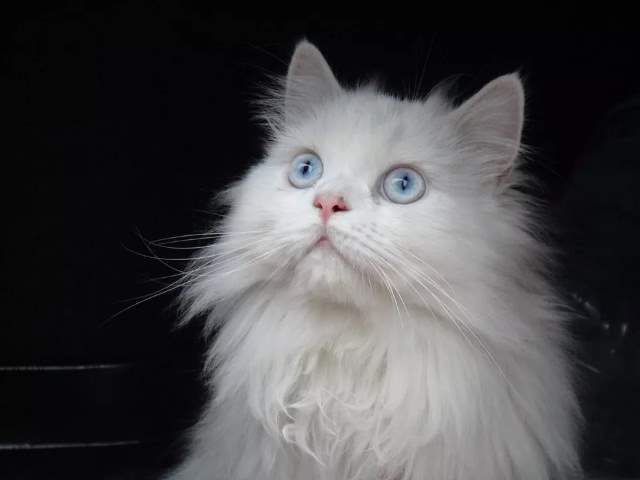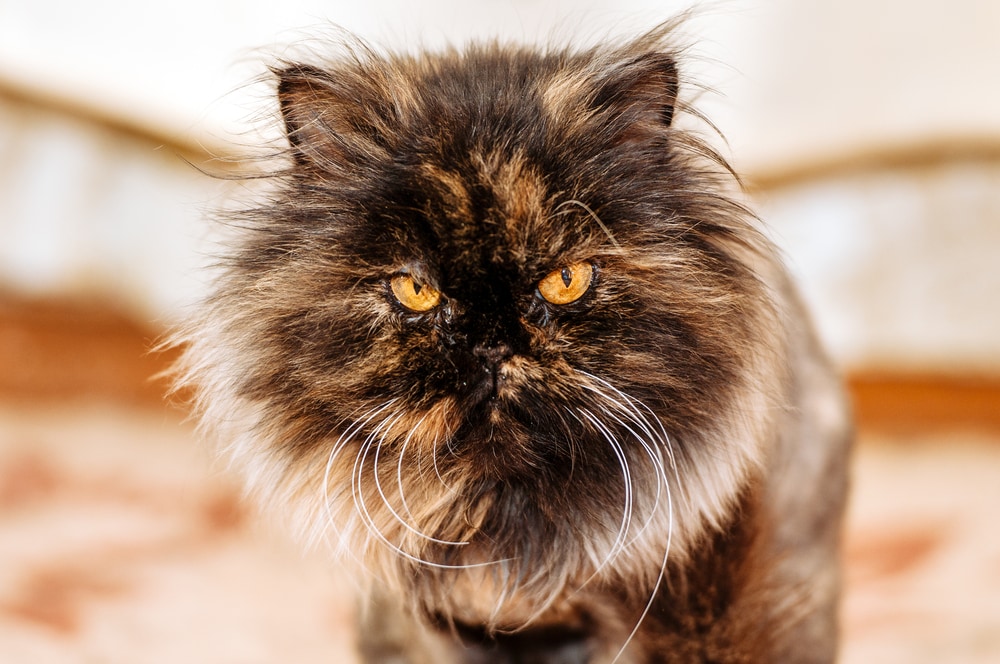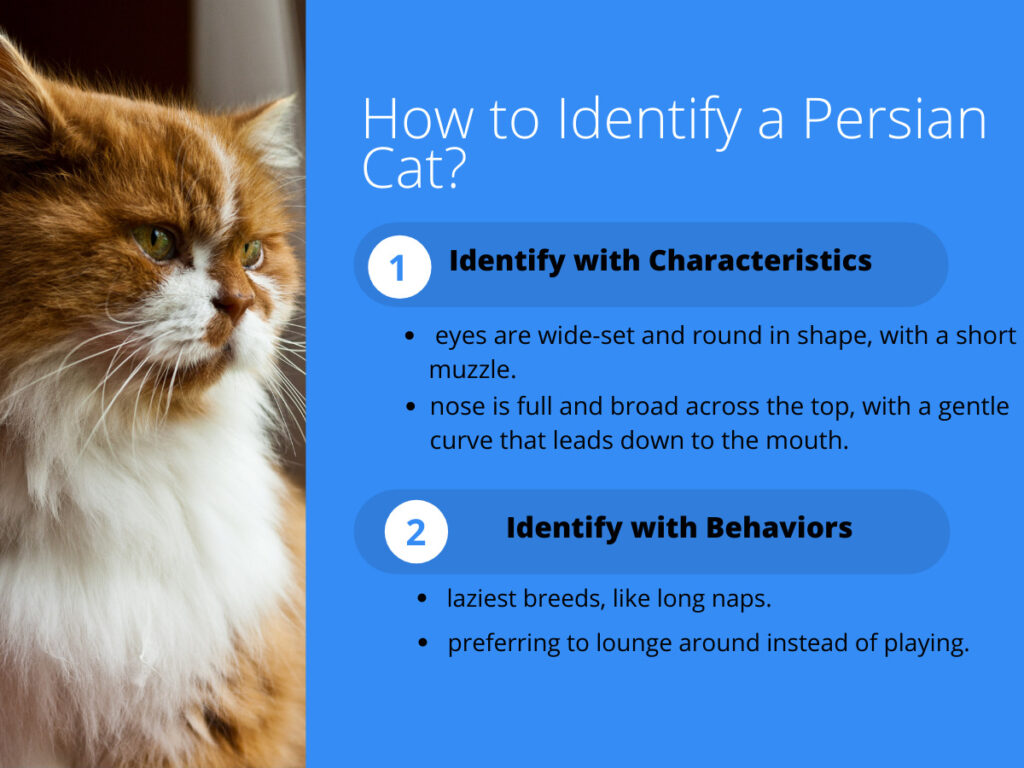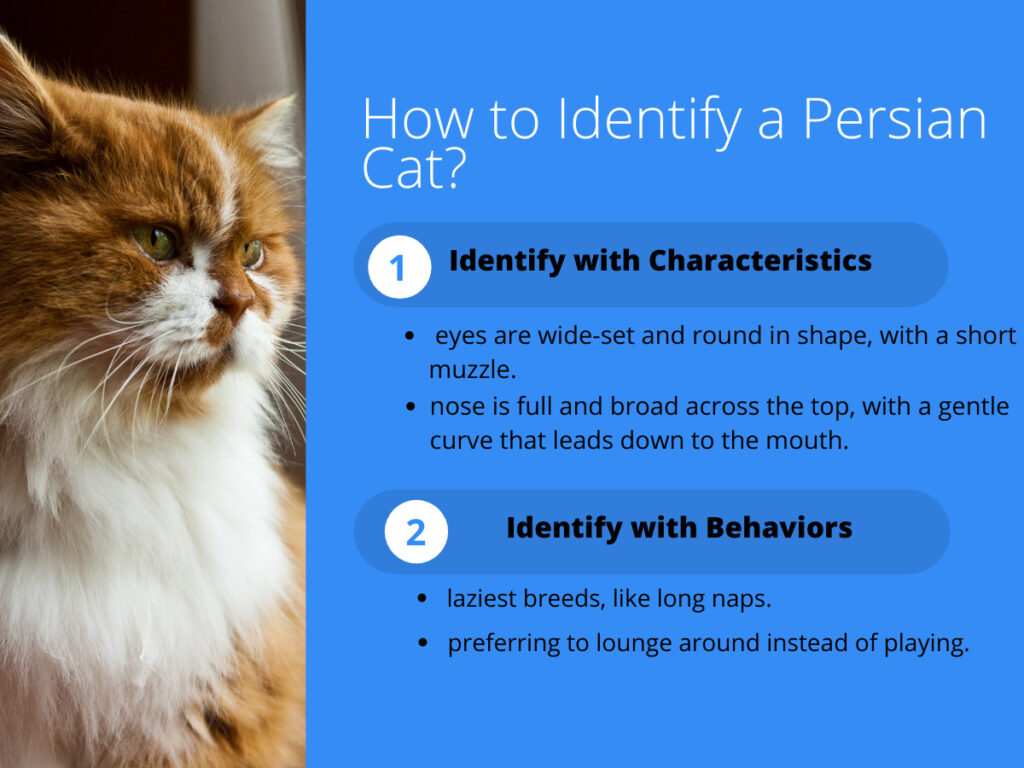“The Whiskers of Persian Cats: Function and Care” is a blog post that explores the intriguing world of Persian cat whiskers. As a Persian cat enthusiast and owner, you understand the importance of providing comprehensive and engaging content to your audience. This post will not only delve into the functional aspects of Persian cat whiskers but also provide valuable insights on how to properly care for them. By understanding the unique characteristics and purposes of these majestic whiskers, you will be equipped with the knowledge to ensure the best care for your beloved feline companions. Get ready to embark on a fascinating journey into the world of Persian cat whiskers and discover the secrets behind their beauty and functionality.
The Whiskers of Persian Cats: Function and Care
Persian cats are known for their elegant appearance, and one of their most distinctive features is their luxurious whiskers. These long, delicate hairs that protrude from the sides of their face serve several important functions. In this article, we will explore the function and care of the whiskers of Persian cats, as well as provide tips on how to properly care for them.

What are Whiskers?
Whiskers, scientifically known as vibrissae, are specialized hairs that are longer, stiffer, and more deeply rooted than the regular fur of a cat. They are usually arranged in four rows on each side of the cat’s face, with the upper row being the longest. While all cats have whiskers, Persian cats are particularly known for their impressive whiskers.
Function of Whiskers in Persian Cats
Whiskers play a vital role in a cat’s sensory perception and serve as an extension of their sense of touch. They are incredibly sensitive and help Persian cats navigate their surroundings with precision. Whiskers are packed with nerve endings that can detect even the slightest changes in the environment.
Physical Features of Whiskers
The whiskers of Persian cats are typically longer and thicker than those of other cat breeds. They can reach up to three inches in length and are usually white or color-coordinated with the cat’s fur. Persian cat whiskers are known for their graceful appearance, adding to the overall regal look of the breed.
Growth and Development of Whiskers
Whiskers begin to develop on kittens during their second week of life. Like their fur, whiskers grow continuously throughout a cat’s life and go through cycles of growth and shedding. It is essential to note that cutting or trimming a cat’s whiskers can be very distressing for them, as it disrupts their sensory abilities.

Whisker Sensitivity
Whiskers are incredibly sensitive organs due to the many nerve endings present in their base. These nerves send messages to the brain, helping cats interpret their surroundings. Persian cats rely heavily on their whiskers to judge distances, determine if they can fit through tight spaces, and even detect changes in air currents.
Whiskers and Communication
Whiskers also play a crucial role in feline communication. When a Persian cat is relaxed, their whiskers are positioned forward. However, when they are feeling threatened or frightened, their whiskers will retract slightly and become more flattened against their face. This behavior can indicate their mood and help other cats or humans understand their state of mind.

Importance of Whiskers for Persian Cats
The whiskers of Persian cats are essential for their daily activities and overall well-being. They act as a built-in navigation system, allowing them to move confidently and prevent accidents or injuries. Persian cats heavily rely on their whiskers for hunting, climbing, and exploring their environment, making them an integral part of their feline anatomy.
How to Care for Persian Cat Whiskers
Taking care of a Persian cat’s whiskers is relatively simple, yet crucial for their sensory health. Here are some tips to ensure their whiskers are in top condition:
-
Gentle Brushing: Use a soft-bristled brush or your fingertips to gently comb through your Persian cat’s whiskers. This helps remove any dirt or debris that may have accumulated.
-
Avoid Trimming: Never trim or cut your Persian cat’s whiskers. It is vital to understand that their whiskers are not just another set of hairs but essential sensory tools for their well-being.
-
Provide Adequate Space: Persian cats have long whiskers that require ample space to prevent them from getting bent or broken. Make sure their environment allows for free movement without obstruction.
-
Maintain a Stress-Free Environment: Since Persian cats rely heavily on their whiskers for sensory perception, it is essential to provide them with a stable and stress-free environment. Minimize loud noises, sudden movements, and other stressful triggers that may cause them to retract their whiskers.

Trimming Persian Cat Whiskers
It is crucial to reiterate that trimming a Persian cat’s whiskers is highly discouraged. The whiskers serve as an essential tool for their sensory perception and should never be altered. Trimming can lead to confusion, disorientation, and unnecessary stress for the cat. Always prioritize the well-being and natural state of your Persian cat’s whiskers.
Common Mistakes to Avoid
When it comes to caring for Persian cat whiskers, there are a few common mistakes to be aware of:
-
Trimming: As mentioned earlier, trimming or cutting Persian cat whiskers should be avoided at all costs.
-
Forceful Handling: Avoid forcefully bending or pushing back your Persian cat’s whiskers. This can cause discomfort and may even damage the delicate hairs.
-
Neglecting Regular Care: Persian cat whiskers require regular care and cleaning. Neglecting this can lead to the accumulation of dirt, which can affect their sensitivity and overall well-being.
-
Overstimulation: Persian cats can become overwhelmed or stressed if their whiskers are constantly stimulated or touched. Give them space and allow them to determine when and where to use their whiskers.
By understanding the function and importance of Persian cat whiskers, you can provide the proper care and create a harmonious environment for your feline friend. Remember, their whiskers are not just an adornment, but a vital tool that contributes to their overall sensory perception and well-being.

